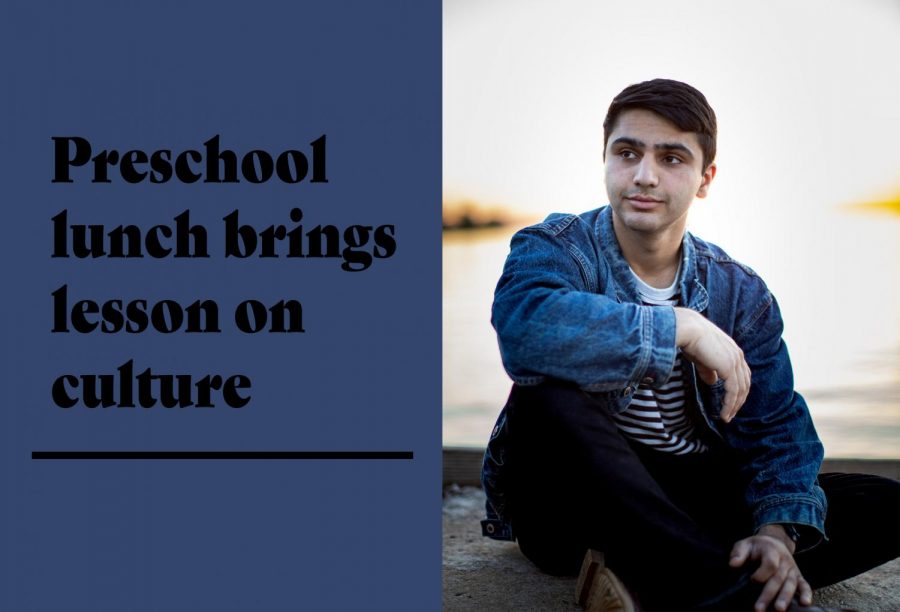A taste of culture
preschool lunch brings lesson on culture
May 28, 2021
Somewhere between my birth and enrolling in “First Baptist Preschool” at the age of 4, I noticed a peculiar aroma lingering around members of my family. Not a pungent or sour smell, but it followed me from place to place, embedding itself in the fibers of my tiny Levi’s jeans.
Born in Pakistan in the ‘60s, my mother and father faced tremendous challenges. While American children spent their days learning how to do “the twist,” my parents were packed like sardines in the basements of complete strangers to escape the bombings of the Indo-Pakistan War. After immigrating to the cultural melting pot of the world–– America–– they experienced quite the culture shock: the food was bland, the mountains were really just hills, and people just weren’t as nice as they were back home.
When I was born, they tried to hold on to what they had left of their withering culture by planting the curry seeds in me–– and my lunch box. One fateful day in the first grade, I unzipped my backpack at snack time, expecting to see fruit snacks or Doritos, only to find slices of mango in a small plastic container. The small mistake was forgivable. Flash forward two hours to the moment that tore apart life as I knew it.
It was lunchtime, and I sat down in the cafeteria with my classmates. I opened my lunchbox, hesitant because I’d noticed a terrifyingly familiar odor from my Ninja Turtle backpack earlier that day. Before me was a full course Pakistani dinner. We’re talking vegetable samosas, chicken curry, and a ziplock bag containing a single gulab jamun. Needless to say, I was mortified.
The odor I had held prisoner in my backpack had escaped. My bootcut Levi’s and Old Navy T-shirt morphed into traditional Pakistani garb before the entire first grade class. I held back tears as my classmates stared at me with crinkled noses and squinted eyes. My already crumbling “white boy” façade laid in ashes at the Nike clad feet of all those who witnessed.
At that moment, I wasn’t interested in finding any value in the situation; it was for my 6-year-old self, the worst, most embarrassing moment of my life. Over time, I began to realize that the culture my parents tried so desperately to revive was one of passion and kindness. My immigrant parents are two of the most hardworking people I know, and everything they do, they do with love.
Almost 11 years later, I can still feel my face flush when I try to explain what I’m having for lunch. However, I am working toward accepting my culture. As appealing as being Americanized may seem, the comforts provided by the cuisine and the kind heartedness of my heritage outweighs the benefits that feeling “normal” provides. Sometimes the aroma of samosas still escapes its Ziplock prison, but instead of unveiling who I am not, it hints at who I am.















